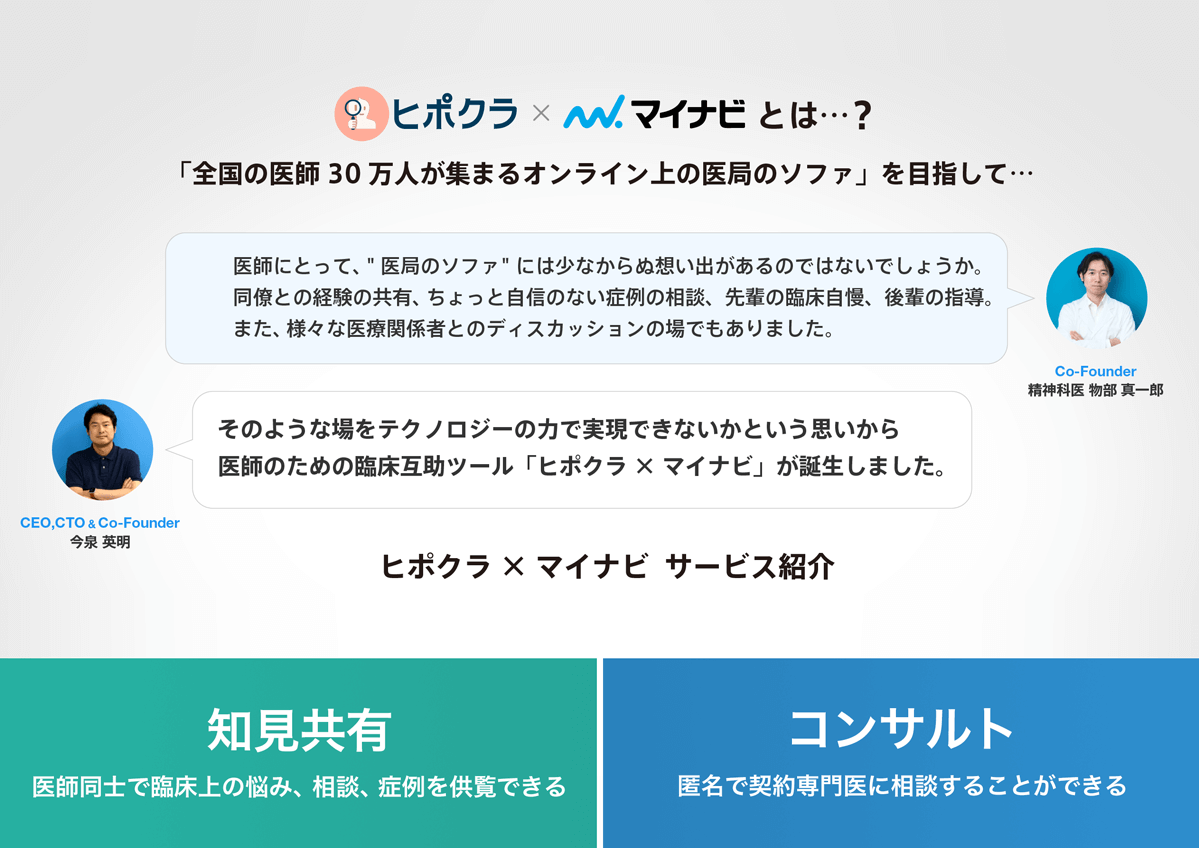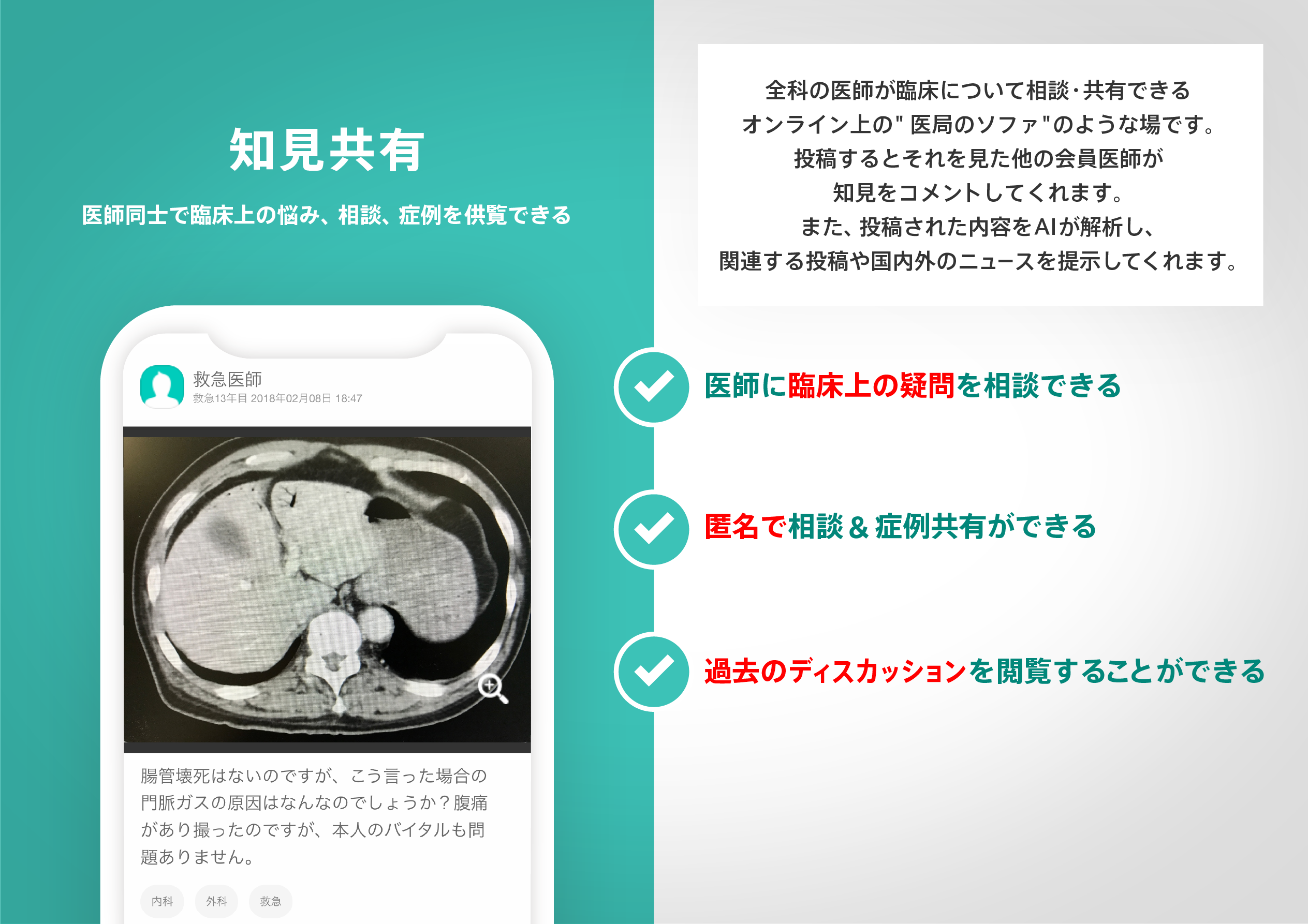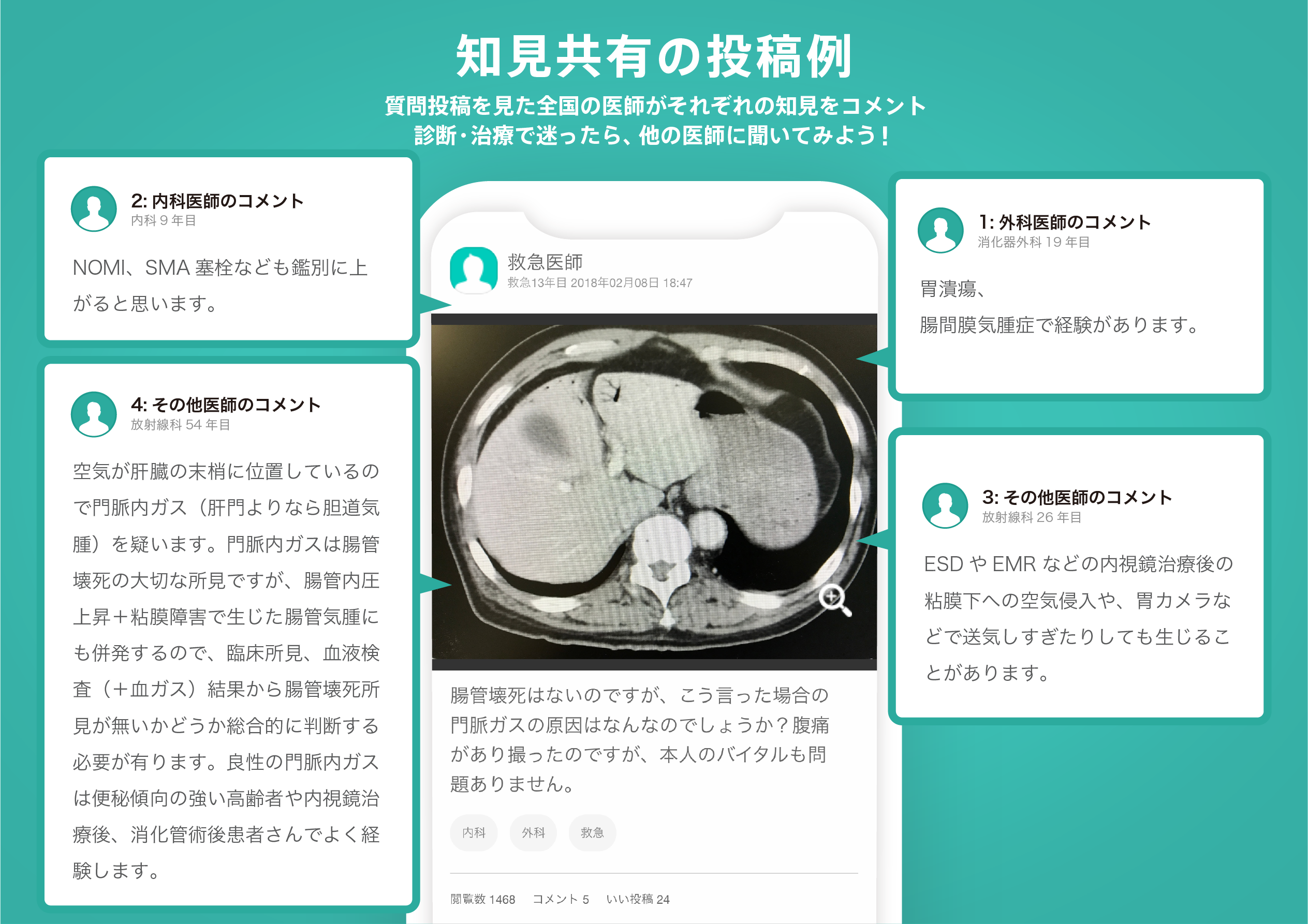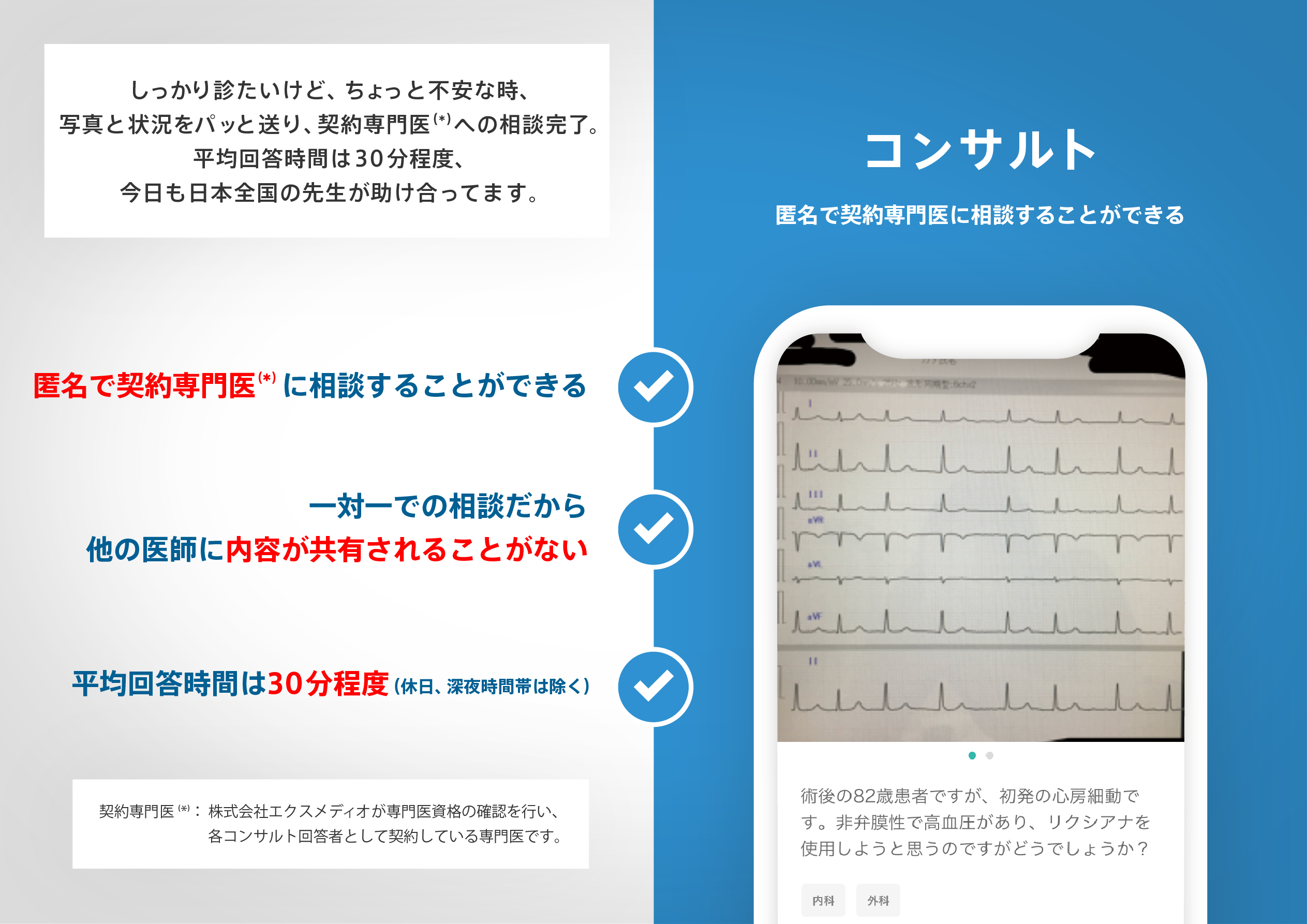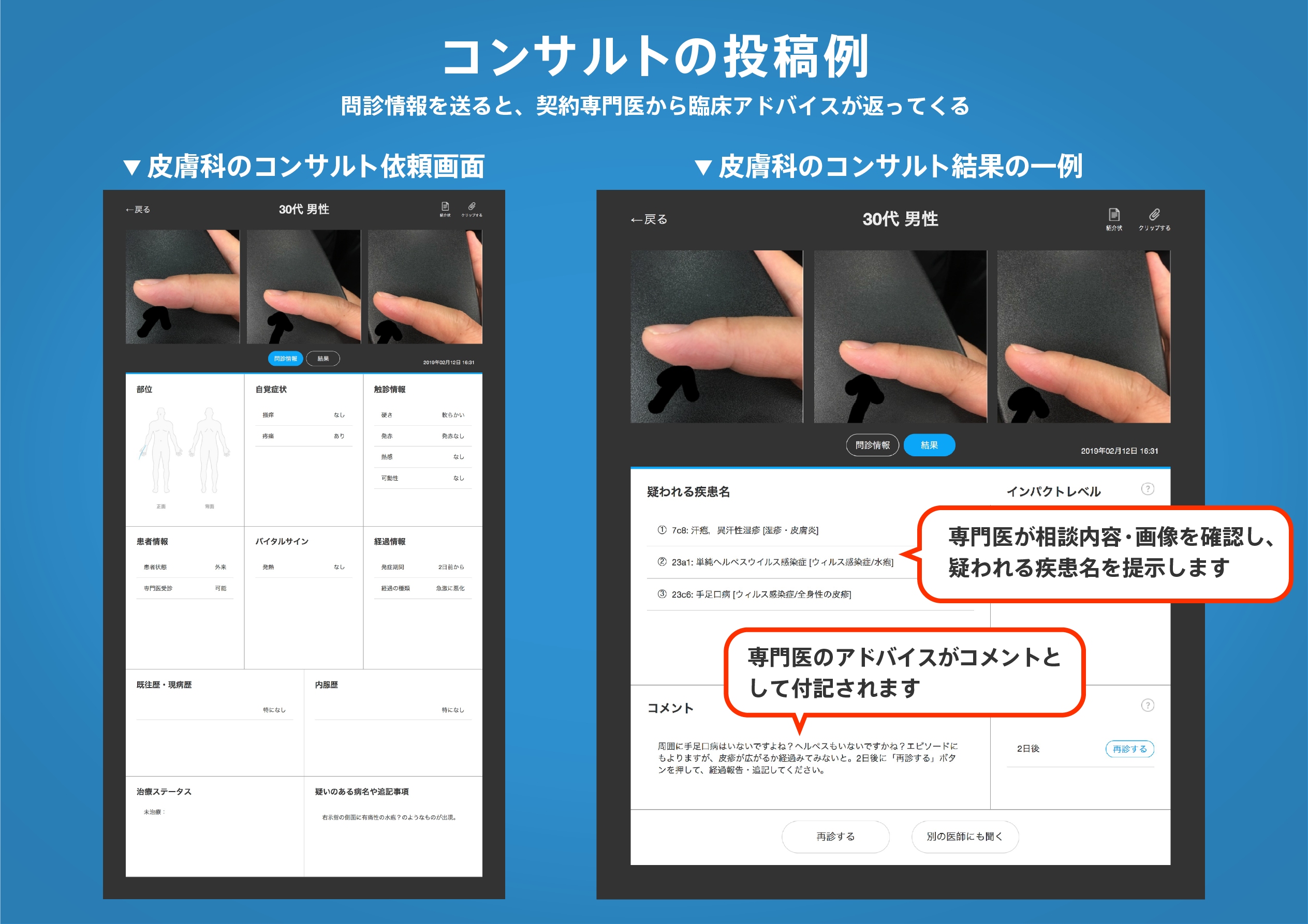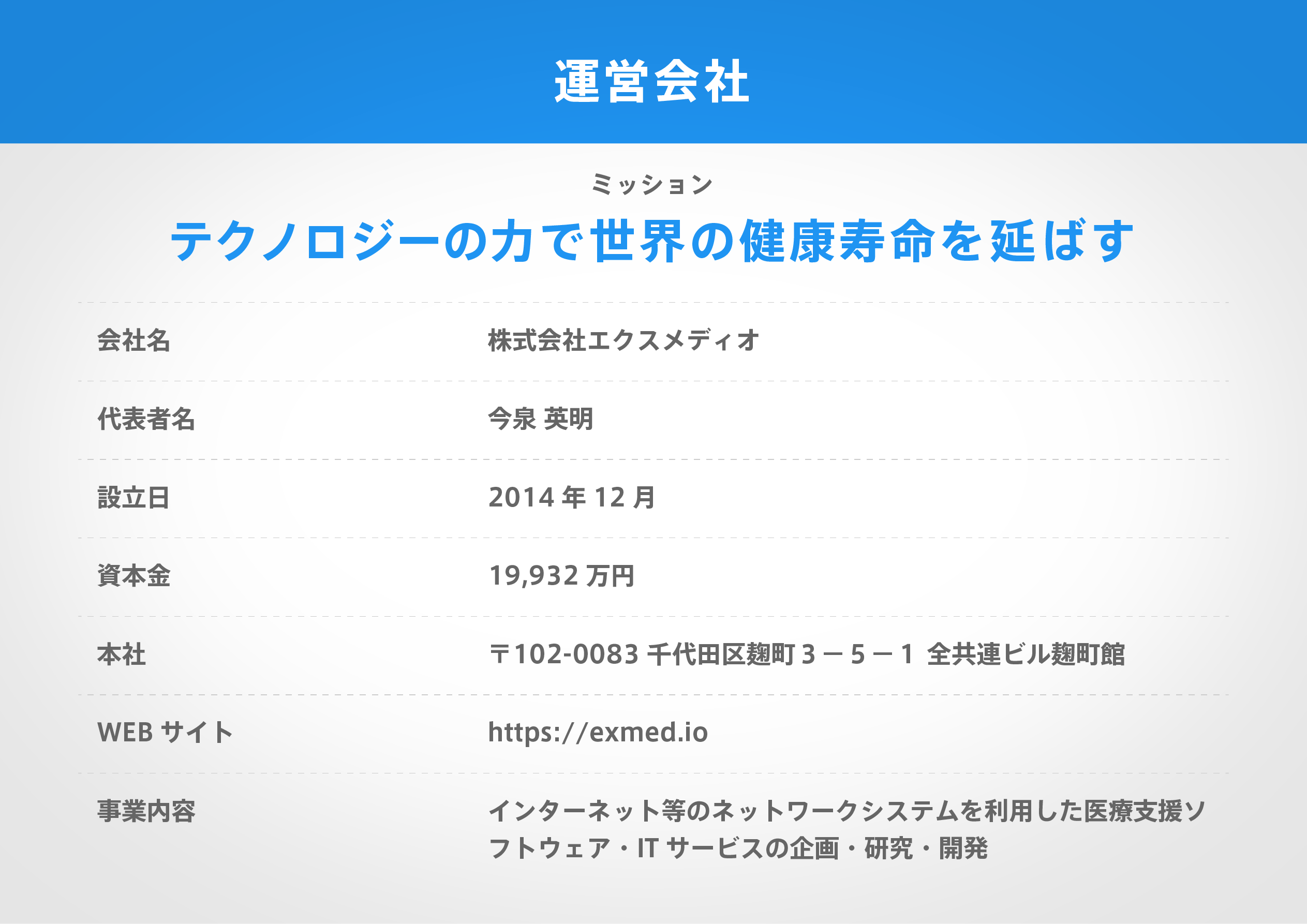著名医師による解説が無料で読めます
すると翻訳の精度が向上します
大腸菌は、1885年にドイツの小児科医であるセオドール・エシェリッヒによって、下痢をしている子供の糞によって記述されました。1893年、デンマークの獣医は、大腸菌種が異なる株で構成されており、一部は病原体であると仮定しました。今日、大腸菌種は、動物種およびヒトにおいて、異なる腸、尿路または内部感染症および病理学を引き起こすいくつかの病原株に細分されています。この議会のトピックは大腸菌と粘膜免疫系との相互作用であるため、この原稿の目的は、異なるクラスのアドヘシン(フィンブリアアドヘシン、アフィンブリアアドヘシンおよび外膜タンパク質)を提示することです。腸、呼吸、尿路。
大腸菌は、1885年にドイツの小児科医であるセオドール・エシェリッヒによって、下痢をしている子供の糞によって記述されました。1893年、デンマークの獣医は、大腸菌種が異なる株で構成されており、一部は病原体であると仮定しました。今日、大腸菌種は、動物種およびヒトにおいて、異なる腸、尿路または内部感染症および病理学を引き起こすいくつかの病原株に細分されています。この議会のトピックは大腸菌と粘膜免疫系との相互作用であるため、この原稿の目的は、異なるクラスのアドヘシン(フィンブリアアドヘシン、アフィンブリアアドヘシンおよび外膜タンパク質)を提示することです。腸、呼吸、尿路。
Escherichia coli was described in 1885 by a German pediatrician, Theodor Escherich, in the faeces of a child suffering diarrhoea. In 1893, a Danish veterinarian postulated that the E. coli species comprises different strains, some being pathogens, others not. Today the E. coli species is subdivided into several pathogenic strains causing different intestinal, urinary tract or internal infections and pathologies, in animal species and in humans. Since this congress topic is the interaction between E. coli and the mucosal immune system, the purpose of this manuscript is to present different classes of adhesins (fimbrial adhesins, afimbrial adhesins and outer membrane proteins), the type 3 secretion system, and some toxins (oligopeptide, AB, and RTX pore-forming toxins) produced by E. coli, that can directly interact with the epithelial cells of the intestinal, respiratory and urinary tracts.
医師のための臨床サポートサービス
ヒポクラ x マイナビのご紹介
無料会員登録していただくと、さらに便利で効率的な検索が可能になります。

